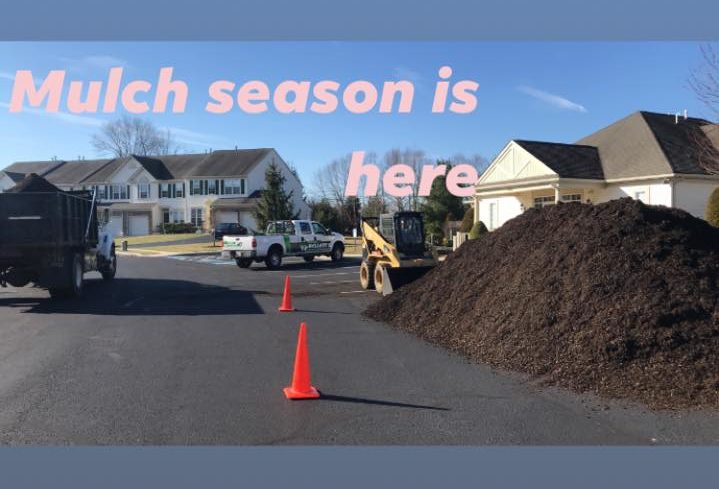
Mulching is a big part of completing any landscaping job! From installing a brand new landscape design or just keeping up on regular maintenance, it is a must have for any property. Now that Spring is finally here, it is officially mulching season!
We’ve found out that there are a lot of questions regarding mulch and we are more than happy to provide some answers! We will answer the most frequently asked questions…
What is mulch?
It is a material laid over the soil of gardens and flower beds. They come in various colors and are made of various materials. It’s a popular choice for landscaping on any property because it looks nice and is beneficial.
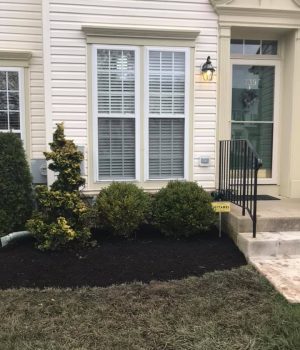
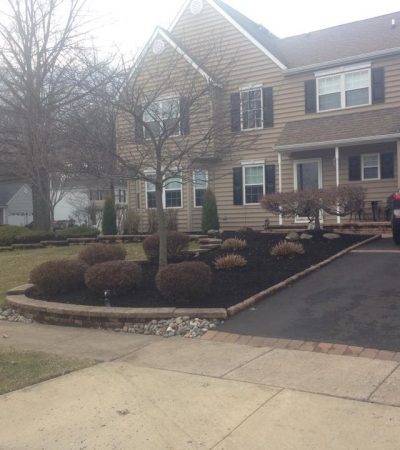
What is Mulch
used for?
Mulch has multiple purposes, not only does it help your property look great but it also is beneficial to your plants. Having a nice layer of good mulch is great for suppressing weeds, reduces soil erosion and also improves your soil’s fertility. As it, organic types specifically, decomposes it gives nutrients to the soil while also keeping the soil moist and cool.
Types of Mulch?
There are two main types organic and inorganic….
Inorganic is not made from materials that decompose and is better at suppressing weeds. It is more low maintenance in that it doesn’t require being redone but also more expensive and harder to switch out if needed.
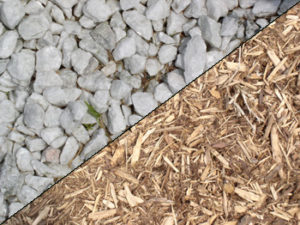
Organic is made from natural materials and is the best at bringing nutrients to the soil of any garden. It is easy to lay down but also has to be redone every year.
Types of Organic Mulch
Wood Chips
The most common and popular of the mulches for landscaping for its easy install and clean look. These come in various colors varying from natural to brightly dyed. You just have to be careful when laying dyed types because it can stain your hands and clothes. Wood chips have the added benefit of reducing pests as well.

Compost or Manure
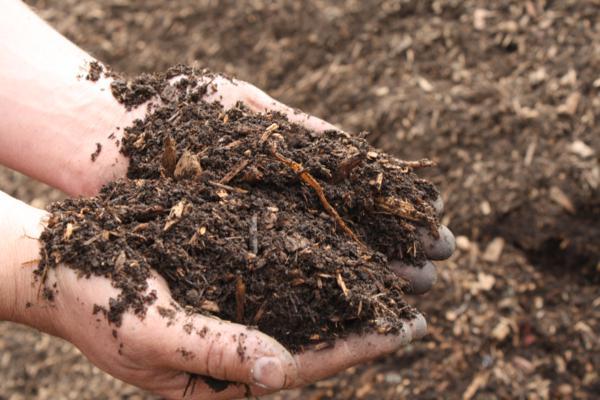
These kinds are made by decomposed plant and animal wastes. In fact, you could make compost at home! It tends to look just like the soil, so it doesn’t add any color or texture to a landscape. It is great for giving lots of nutrients to any plants in the bed this type is added to.
Leaves, gRASS & sTRAW
These types are a good choice for those who want a very natural or rustic look. It can also be used to blend a garden into a woodland area of a property. Its a low maintenance option that is low in cost and a great choice to improve soil quality. It isn’t the best at deterring pests though.
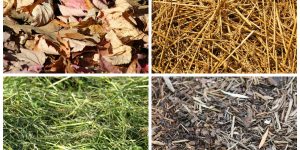
Newspaper or Cardboard
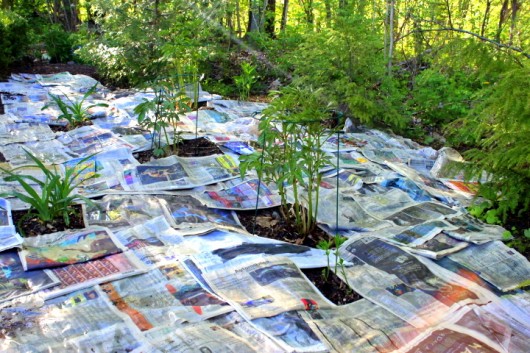
Newspaper and cardboard are rarely seen because they are usually layered. The paper will be laid first, since its a great and eco-friendly weed suppressant, then a more aesthetically pleasing kind will be layered on top. It’s a clever way to recycle while also making a happy garden.
Types of Inorganic Mulch
Stones and Rocks
This has become a popular choice for those who like a more modern look. Unlike organic kinds, rocks don’t need to be replaced yearly making it a low maintenance choice. Just be careful because if you choose rock, if decide you want to switch to something else the process of removing the rocks is tedious. It is great for being weather resistant, so there is less erosion, but also doesn’t help keep soil moist.
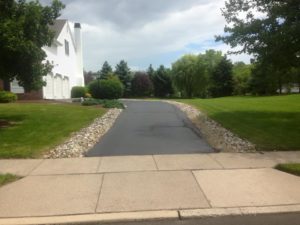
Plastic, Rubber & Fabric
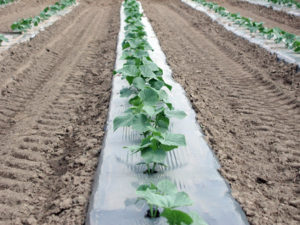
Plastic, rubber and fabric types play a similar role to newspaper or cardboard. They are a common choice for playgrounds more than gardens, but it is also used in some farming. There is a lot of split opinion on the benefits or downsides to plastic, so it’s all down to what is best for the specific landscape. Fabric is usually the common alternative to newspaper layers.
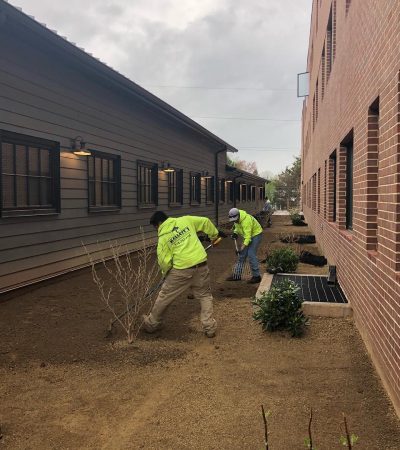
How to mulch?
Mulching one of the last things done for any landscaping job. Once a landscape design is made and installed, then the plants have to be planted and the beds have to be trimmed. Trimming the beds is important to not only keep lawn grass out of your new gardens but also to help keep everything looking neat. After picking and purchasing the mulch, the next step is to place piles of it into the bed. The piles are then raked into place, till it is evenly spread and covers the entire garden. Typically it is laid a few inches thick. Smooth it out so it looks clean and then it’s all done!
How much mulch
do I need?
To know how much you need you’ll first need to know the length and width of the garden bed. You’ll also need to know the type you want and how deep you want it laid. If you go with a landscaping service then you won’t have to worry about figuring the math out and doing the physical work to lay it. If you’re curious or planning on mulching yourself then Lowes has a handy calculator to help find out how much mulch you’ll need.
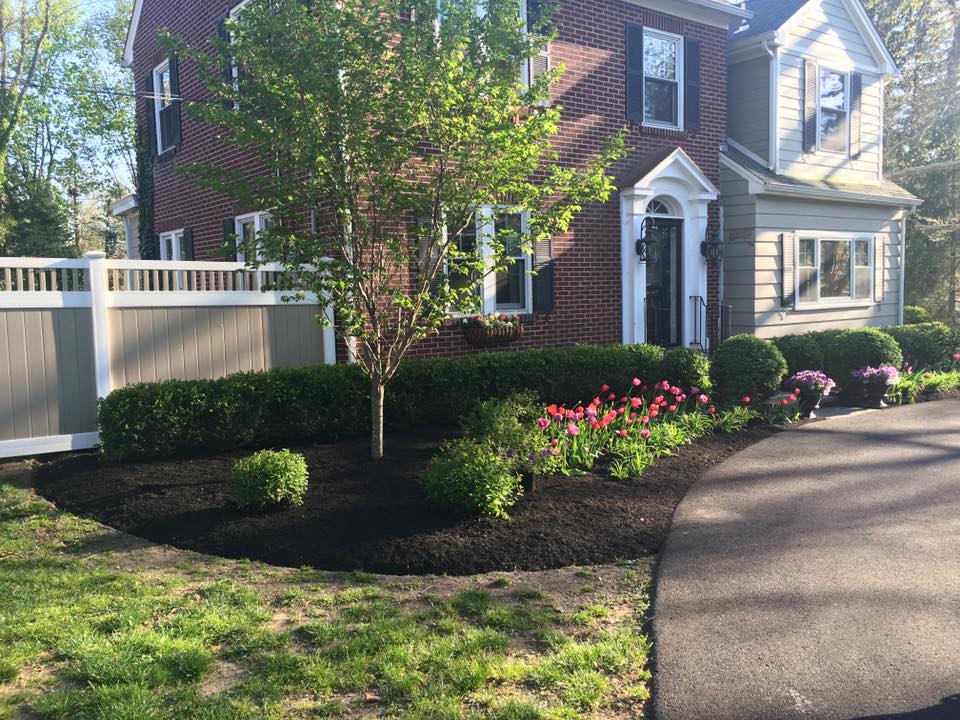
Thank you so much for reading our article!
We think you might we interested in some of our other articles…